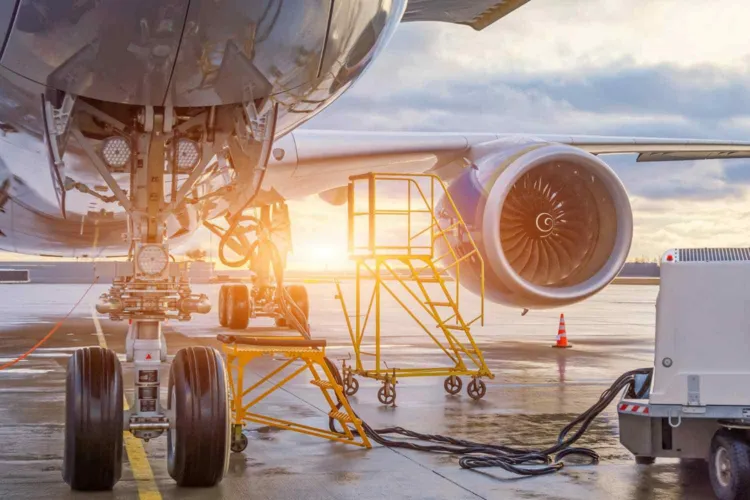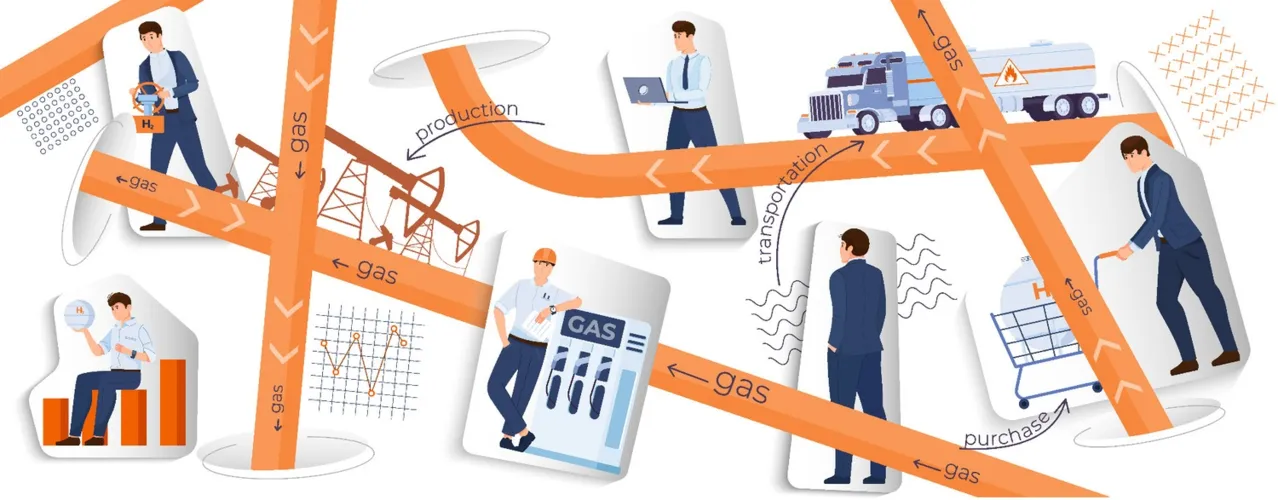Southeast Asia’s logistics sector is undergoing a remarkable transformation. Fueled by the rapid expansion of e-commerce and rising consumer expectations, the region is seeing massive investment in smart warehouses, automation, and digital logistics networks. The shift marks a major step toward modern, data-driven operations capable of meeting the region’s fast-growing online and offline retail demands.
Smart Warehouses at the Core of Southeast Asia’s Logistics Transformation
The ASEAN e-commerce logistics market is valued at USD 10.25 billion in 2025 and is projected to reach USD 18.33 billion by 2030, growing at a CAGR of 12.32%. This strong upward trend highlights how logistics has become the backbone of Southeast Asia’s digital economy.
 Warehousing and fulfillment services are leading the charge, expanding at an 8.2% CAGR. Companies are investing in dark stores and automation technologies to boost efficiency and reduce operational costs. These smart warehouses enable faster sorting, packing, and delivery — a necessity in a region where most consumers expect same-day or next-day delivery.
Warehousing and fulfillment services are leading the charge, expanding at an 8.2% CAGR. Companies are investing in dark stores and automation technologies to boost efficiency and reduce operational costs. These smart warehouses enable faster sorting, packing, and delivery — a necessity in a region where most consumers expect same-day or next-day delivery.
E-commerce is the key force behind this evolution. The region’s online market is forecasted to reach US$230 billion in GMV by 2026, nearly doubling since 2021. Over 90% of online transactions now take place on mobile devices, emphasizing the need for responsive logistics networks that can handle real-time orders from any location.
Despite the digital surge, 73% of retail transactions remain offline, creating a hybrid logistics challenge. This means logistics providers must balance advanced last-mile systems for online shoppers with traditional fulfillment operations serving brick-and-mortar stores.
Integration, Automation, and the Future of Logistics
Southeast Asia’s logistics transformation extends beyond warehouses. Cross-border e-commerce logistics is growing at a 7.1% CAGR, driven by social commerce integration and customs digitalization. These improvements allow faster and more transparent trade across ASEAN borders, strengthening regional economic connectivity.
Meanwhile, the return logistics market across six key countries is expected to hit $21.9 billion by 2026, reflecting a new standard for consumer convenience. Easy returns and reverse logistics are now core differentiators for online retailers competing for loyalty in crowded digital marketplaces.
Geography also plays a defining role. In archipelagic nations like Indonesia and the Philippines, investments in multi-modal logistics infrastructure — integrating air, sea, and road transport — are essential to improving delivery speed and cost efficiency.
The ongoing Southeast Asia Logistics Transformation underscores how technology, infrastructure, and consumer behavior are reshaping the sector. From smart warehouses and automated sorting systems to AI-enabled delivery tracking, logistics is no longer just about moving goods — it’s about powering a seamless, data-driven economy.
As the region’s logistics ecosystem matures, companies that embrace automation and digital integration will lead the next wave of growth. The synergy between e-commerce expansion and logistics innovation is set to define Southeast Asia’s competitive edge in the global market.
Read more: Southeast Asia Green Shipping: Ports Steering Toward a Sustainable Future







